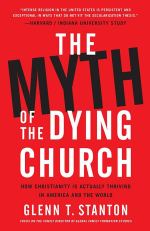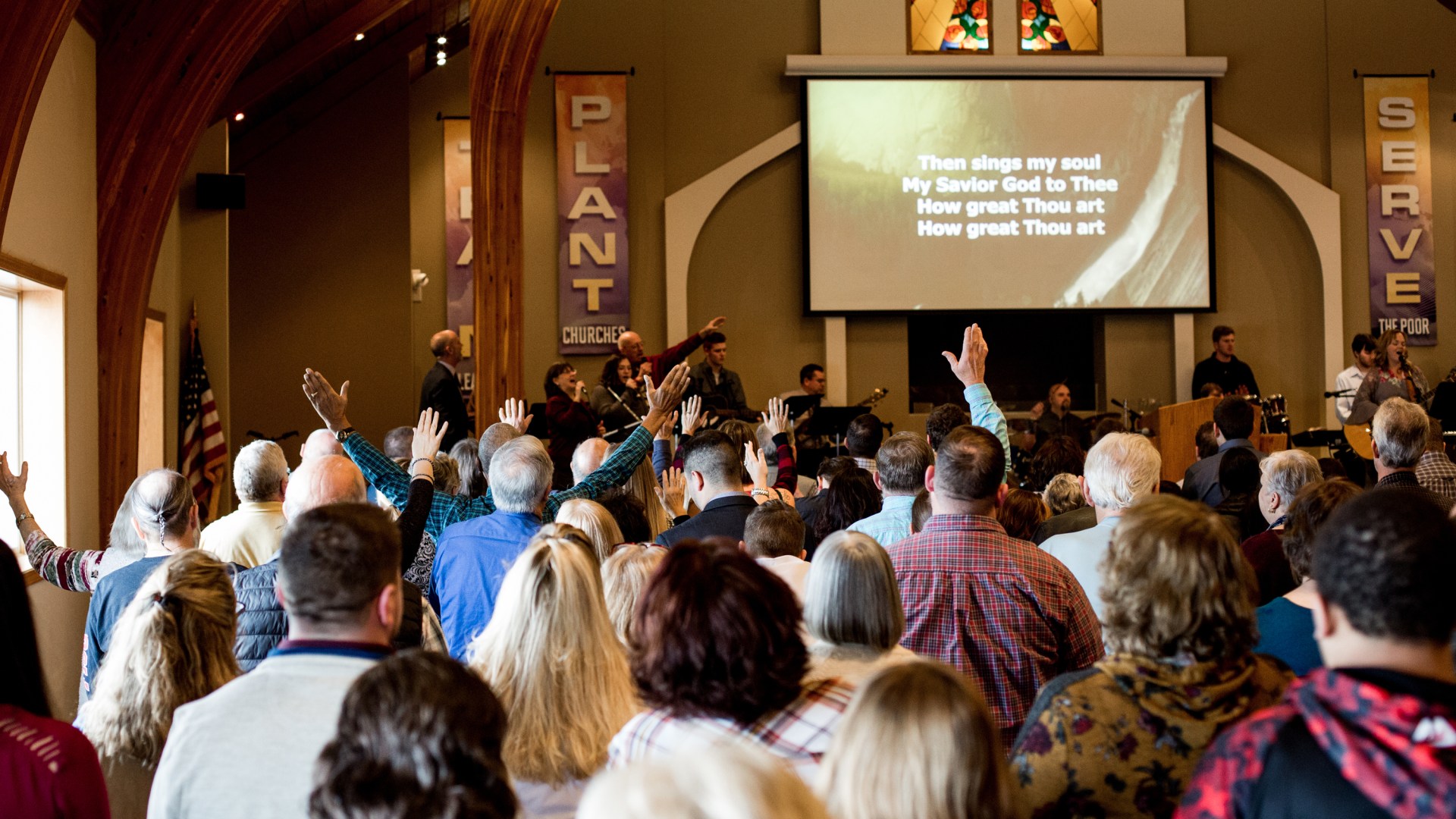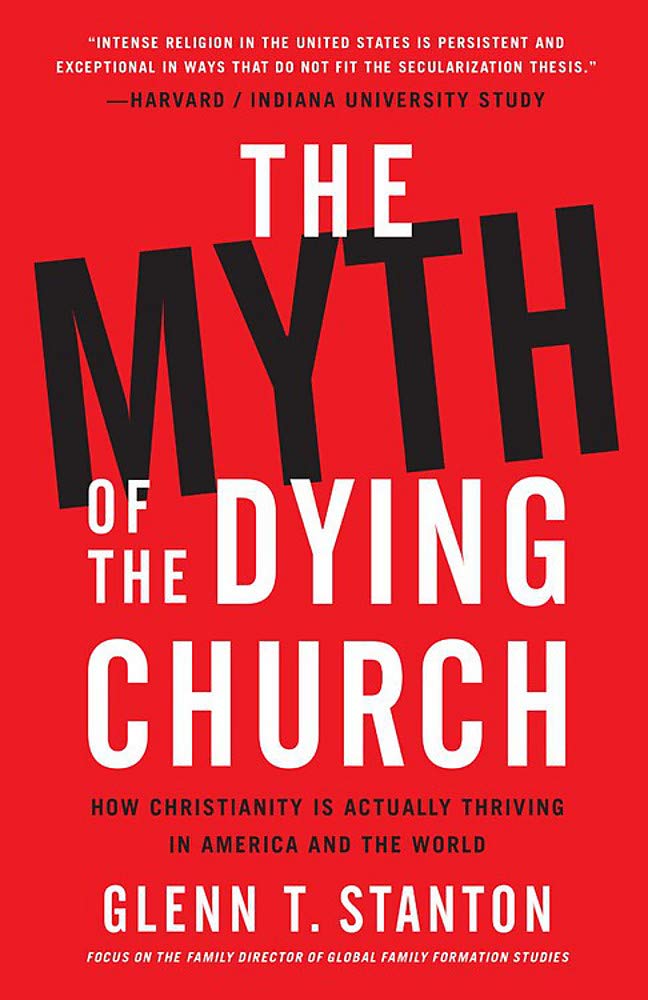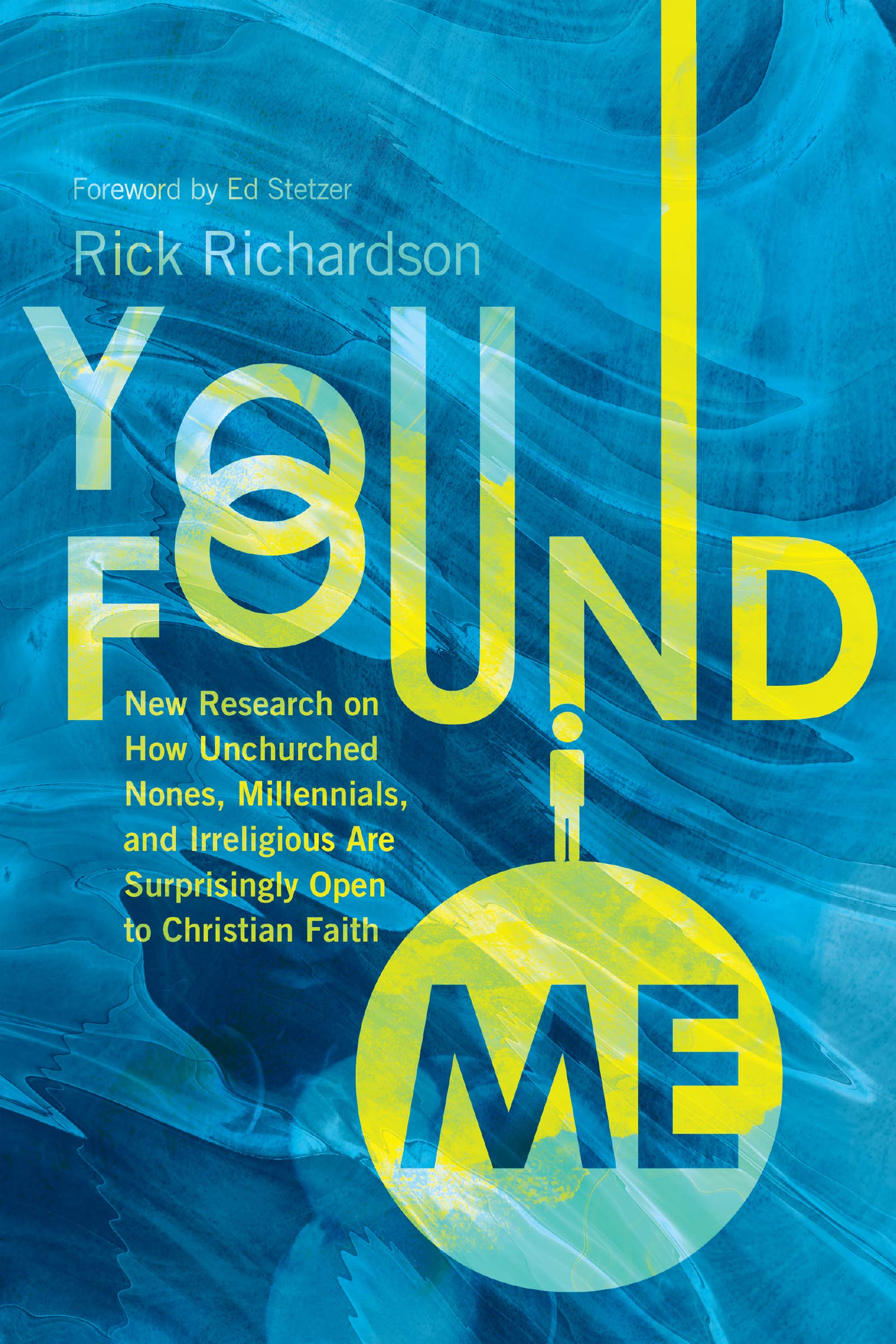When Christians write about the status and reputation of Christianity in American society, they usually focus on two questions: What is happening? What should be done?
The Myth of the Dying Church: How Christianity Is Actually Thriving in America and the World
Worthy Books
224 pages
$14.51
Two recent books have taken up these questions in a markedly optimistic spirit: Glenn Stanton’s The Myth of the Dying Church: How Christianity is Actually Thriving in America and the World and Rick Richardson’s You Found Me: New Research on How Unchurched Nones, Millennials, and Irreligious are Surprisingly Open to Christian Faith.
The books share many similarities. Both make extensive use of survey findings and other types of data. Both are written by leaders at prominent evangelical organizations (Focus on the Family and The Billy Graham Center respectively). Both take a myth-busting approach to misconceptions about American Christianity. And both even use the story of Chicken Little to describe how Christians react to bad news about the faith.
Nonetheless, they are different books. With some exceptions, they address different aspects of Christianity in society. They also make different recommendations for how best to further its prospects.
Portrait of Resilience
In describing what is happening with the faith in America, Stanton focuses on the size and vitality of evangelical Christianity, especially as compared to mainline Protestantism.

Stanton marshals an impressive array of evidence. He emphasizes Christian affiliation rates, giving special attention to what’s happening with young people. He also examines a wide range of other topics, including charitable giving, church construction, missionary efforts, youth ministries, Christian colleges, and Christian publishing.
The story that emerges from Stanton’s overview is that evangelical Christianity is doing rather well for itself. Where it is not increasing, it is holding steady. As Stanton writes, “Churches that are faithfully preaching, teaching, and practicing Biblical truths and conservative theology are holding stable overall. In some areas, they are seeing growth.”
In contrast, the fortunes of mainline Protestantism in America are falling fast. Its long decline has been documented before, and Stanton updates our understanding of it. As he puts it, “people are leaving those churches like the buildings are on fire.”
Stanton’s portrait of resilience is one more strike against the widely held narrative of evangelical failure. This failure narrative is surprisingly resilient. It spreads in the minds of Christians like dandelions. After reading Stanton’s analysis, it’s clear that Christianity is not on its last legs.
Richardson, in You Found Me, has a different focus on what is happening. In 2016, the Billy Graham Center commissioned a survey of 2,000 Americans who don’t actively participate in religion—the “unchurched.” The survey asked these people about how they perceive Christians and Christianity. This included their view of Christianity, their willingness to talk about faith matters with Christians, how they would respond to being invited to a church event, and which types of invitations would they be most willing to accept.

Analyzing these data, Richardson finds that many unchurched Americans think well of Christians and are open to engaging matters of faith. For example, 42 percent of the unchurched think that Christianity is good for society, 33 percent admire their Christians friends’ faith, and up to 67 percent would be willing to attend a church event (depending on the type of event). Richardson concludes that the unchurched include “a massive number of people who are open to being invited, persuaded, and connected to a local congregation.”
Richardson’s analysis counters misconceptions about the unchurched. Christians commonly overestimate the hostility of the unchurched in matters of faith. We can slip into viewing them as mini-versions of Richard Dawkins—hostile to all things Christian. If this is true, why would we want to talk with them about our faith? It would be asking for rejection. Instead, Richardson’s findings invite us to share our faith openly, lovingly, and without fear. Not all of them will constructively engage us, of course, but many will.
Measures of Success
Turning from the question of where things stand to the question of what should be done in response, Stanton examines how Christian parents can effectively pass on their faith to their children. Drawing on research studies of young people transitioning into adulthood, he identifies multiple practices for fostering faith in children. It starts with a healthy, warm, and secure parent-child relationship. In this context, parents can lead their children into Christian practices such as prayer and reading Scripture. They can train them to see God’s work in everyday life, to handle their doubts without abandoning their faith, and even to face persecution.
Stanton’s discussion of parenting is very helpful. I wish I could have read it when our children were young. It identifies best practices for raising children in the faith. Christian parents care deeply about doing this, and Stanton gives hope that it can be done successfully. As he puts it, “passing faith to our kids is neither a crapshoot nor rocket science.”
Richardson takes on the issue of sharing faith with our unchurched neighbors. He offers practical guidelines for individual Christians, church leaders, and entire congregations. Particularly useful is Richardson’s treatment of evangelism by congregations. He describes the ideal congregation as a “conversion community”: It is steadily growing, it has recent converts attending its services, and it integrates evangelistic outreach into all its activities.
These characteristics come from data collected by the Billy Graham Center in a large-scale survey of several thousand Protestant churches in the United States. Richardson ranks these churches by their growth rates due to conversion. He then looks for the unique characteristics of the churches that rank the highest. From these, he makes recommendations for how churches can reach out to their local communities.
Among churches that succeed at evangelism, Richardson discerns two key characteristics. Frst, they develop a culture of innovation, frequently inviting the unchurched to church events. Importantly, the congregation leaders themselves lead the way in inviting others. And second, they develop a culture of hospitality, meeting the needs of people outside the church, whether they are physical, social, or emotional needs. Richardson shares many stories of people finding the love of God through a church’s hospitality. As one woman expressed it, the church to which she was invited “showed us so much love, unconditional love.”
Some Small Concerns
These two books complement each other well. Stanton goes deep into what’s happening with religion in society; Richardson gives insight into the thinking of the unchurched. Stanton advises parents; Richardson gives strategies to church leaders and congregations.
But even good books leave us wanting more, and these are no exception. Stanton gives a thorough description of how different Christian traditions are changing, but he gives much less attention to why these changes are taking place. For the United States, he briefly reviews the relative appeal of conservative, demanding theologies versus liberal, laissez-faire theologies. Presumably, there are also other factors at work as well. Stanton does give a fuller explanation as to why Christianity is spreading in the Global South.
A concern with Stanton’s book is the uniformity of his evidence. All of his statistics show that evangelical Christianity is holding steady or growing. It’s my experience as a researcher that social data are rarely this consistent in their message. Instead, they are like unruly children, going in many directions at once. Stanton has the overall story absolutely right. However, I assume that continued research on this issue will add qualifications and exceptions to this overall pattern of ongoing evangelical success.
Richardson and the Billy Graham Center should be commended for their innovative data collection. It’s exciting. Their data give us a rich understanding of both the perceptions of the unchurched and the practices of congregations that evangelize effectively. While Richardson identifies principles of effective outreach, it would be helpful to have more guidance on how to implement these principles. Knowing what to do and actually getting yourself to do it are two different things—both for individuals and groups. Richardson offers some preliminary thoughts on executing these principles. More would be useful.
A concern with Richardson’s book is a byproduct of its wide-ranging nature. It addresses many different themes—social trends, people’s attitudes, leadership development, and congregational practices. It draws evidence from multiple sources—survey data, Biblical principles, and personal stories. It would be difficult, with all of these components, to construct a tight, coherent narrative for the reader. It’s not always clear that Richardson does so. At some points, the presentation of the material, as well as the analysis of the data, felt underdeveloped.
Taking the Next Step
In reviewing these books, allow me to make an important but entirely unfair (I’ll explain why) observation about their use of data. Both use data to formulate strategies that should work. But neither actually uses data to test if these strategies really do work. This would require randomized evaluation studies. It is the difference between thinking that a medicine should work and actually giving it to people to carefully measure what happens. This leaves us with promising—but unproven—theories.
Here is why this observation is unfair. No one in American Christianity, to my knowledge, is doing this type of evaluation research. It’s common with other organizations, such as international aid programs, but it hasn’t found its way into Christianity yet.
Nonetheless, this type of research is entirely doable. It can cost less than a survey, and its results are crucial for knowing which strategies of Christian growth really work. Think of all the medicines found to be ineffective once tested. This type of evaluation research is the gold standard. Something as important as sharing the faith deserves this quality of evaluation.
But regardless of whether these authors, or the organizations for which they work, ever take the next step and directly test their recommended actions, these books give us deeper insight into what’s happening with Christianity and what might be done in response.
Bradley Wright is a sociologist at the University of Connecticut. He is the author of Christians Are Hate-Filled Hypocrites…and Other Lies You've Been Told: A Sociologist Shatters Myths From the Secular and Christian Media (Bethany House).












